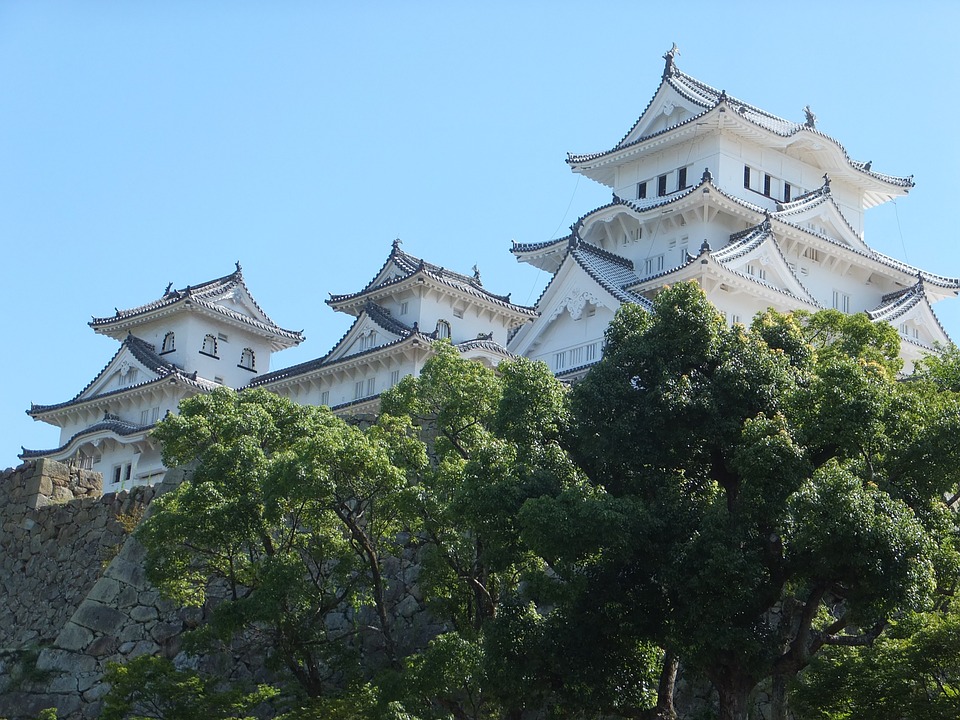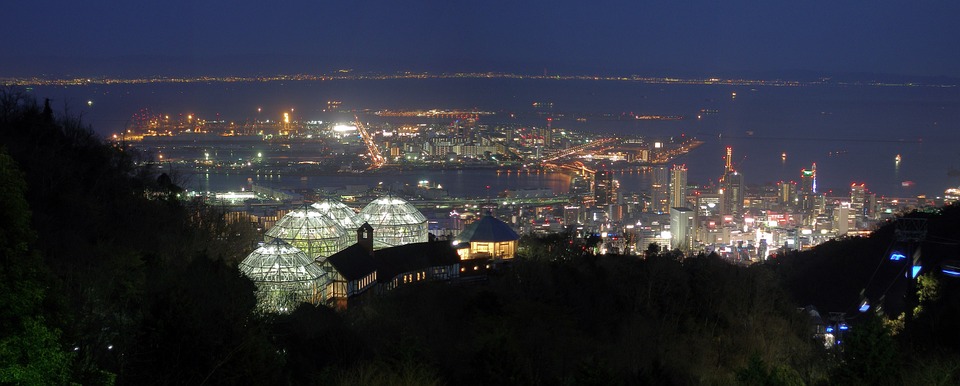Hyogo is a prefecture in the Kansai region, consisting of 26 cities and various towns, and home to around six million people. Its prefectural capital is Kobe, which is its largest metropolis, and has a good mix of natural and modern sightseeing spots.
How To Get To Hyogo
Hyogo is accessible by air, railway, and bus.
Situated on a man-made island off Kobe’s coast, Kobe Airport serves as the main hub of Skymark Airlines. It also operates a number of domestic flights and chartered international flights by Air Do, All Nippon Airways, and Solaseed Air.
Hyogo Prefecture has another airport, the Tajima Airport in Toyooka, which handles only one route, to and from Osaka’s Itami Airport via Japan Airlines.
There are several railway companies that operate in Hyogo. Some of them are the JR West, which includes the JR Sanyo Shinkansen Line, JR Kobe Line, Sanyo Main Line, Sanin Line, Bantan Line, and Kishin Line; Hankyu Railway, which handles the Kobe Line, Itami Line, Koyo Line, Imazu Line, and Takarazuka Line; Nose Railway, which has the Myoken Line and Nissei Line; Shintetsu, which includes the Arima Line and Kobe Kosuku Line; Hanshin Railway, which manages the Hanshin Nanba Line, Kobe Kosoku Line, and Main Line; and Sanyo Railway.
For bus routes between Hyogo and Japanese cities, such as Osaka, Kyoto, and Tokyo, use the Willer Express website or the Japan Bus Online site for available services.
Top Attractions in Hyogo
Himeji Castle
Built in the 1300s, Himeji Castle is a beautiful, preserved Japanese-style castle sitting on top of a hill in the heart of Himeji. Its grounds are home to 83 feudal-period buildings that feature sophisticated defensive networks.
Also called Hakuro-jo (translated as White Egret Castle) or Shirasagi-jo (White Heron Castle) because of its white facade and similar structure to a flying bird, it is among the first historical landmarks in Japan to be recognized as a UNESCO World Heritage Site.
From Himeji Station, the castle is a pleasant 15-minute walk along Otemae-dori Street.
For opening hours, tickets, and other information, visit Himeji Castle’s official website.

Takeda Castle Ruins
Takeda Castle was built in 1441 in Asago, a city found in northern Hyogo. It fell under the control of Japanese feudal lord Hideyoshi Toyotomi and his forces in 1577, and faced the Tokugawa forces during the Battle of Sekigahara in 1600. It was left abandoned for many centuries shortly after that.
Its ruins underwent restoration in the 1970s and 1980s, and have since become one of the region’s top tourist destinations.
The castle ruins are a short walk from Takeda Station.
From Tokyo, Osaka, or Kyoto, take the JR Tokaido/Sanyo Shinkansen to Himeji, and then transfer to the JR Bantan Line.
Kinosaki Onsen
Kinosaki Onsen is a nice and refreshing onsen town with more than 13 centuries’ worth of history. It offers seven public bath houses that provide top notch natural hot spring waters, and a quiet, traditional town that visitors can explore in their yukata.
From Tokyo, take the JR Tokaido Shinkansen to Kyoto, and then transfer to the JR limited express line to Kinosaki Onsen Station. The one-way journey is about five to six hours long, and cost approximately 16,000 yen.
The Kinosaki Onsen official website contains more information on hot springs, accommodation options, and other events in town.
Arima Onsen
The city of Kobe has an attractive onsen town known as Arima Onsen, a compact-sized town made up of narrow roads and paths, lined with old, wooden buildings; a number of shrines and temples; a hot spring museum; two public bathhouses; and several ryokan with their own indoor and outdoor baths.
To get there, you can take a direct bus from Kobe’s Sannomiya Station, or Osaka’s JR Osaka Station or Hankyu Umeda Station.
By train from Kobe, get on the subway line to Tanigami Station, transfer to the Shintetsu Arima-Sanda Line going to Arima-guchi Station, and make one more transfer to the Arima Line to Arima Onsen Station.
For more information on the town’s bathhouses, ryokan, transportation, and more, visit the Arima Onsen official website.
Mount Rokko
To enjoy spectacular views of Kobe and its surroundings, drop by Mount Rokko, which, at 931 metres, is the highest peak in the area. It can be accessed by taking the Rokko Cablecar, if you are coming from Kobe, or the Rokko Arima Ropeway, if you are coming from Arima Onsen.

Once at the summit, you will find a botanical garden, a golf course, a museum, an observation deck, and a shopping and dining complex.
More information is available on Mount Rokko’s official sightseeing guide.
Sorakuen Garden
A lovely traditional Japanese-style landscape garden, Sorakuen is a vast green space that used to belong to the residential complex of a former Kobe city mayor.
Since 1941, its doors have been open to the public to enjoy its pleasant walking trails, wide varieties of flowers and trees, tea house, and unique structures, including a boathouse-shaped house built in the Edo period, the former Hassam Residence constructed in 1902 by an English architect, and the stables of the Kodera family.
The garden is five to ten minutes on foot from either the Kencho-mae Station along the Kobe Subway, or the Motomachi Station along the Hanshin and JR Railways.
Getting Around Hyogo
Hyogo Prefecture’s cities and towns are well-connected by trains and buses operated by JR West, Hankyu Railway, Shintetsu, Nose Railway, Kobe Municipal Subway, Hanshin Railway, Chizu Express, Sanyo Railway, Hokunshin Kyuko Electric Railway, Hojo Railway, and Kitakinki Tango Railway.
Check out Travel Hyogo, the prefecture’s official tourist information website, for more information.
Weather in Hyogo
From June to September, Hyogo Prefecture experiences nice and pleasant weather, so it is often recommended as the best time to visit the region. In the winter, temperatures fall below 10 degrees, and rainy days can be quite frequent. In spring, the daily temperatures are around 15 degrees, so outdoor activities, like sakura viewing, are popular. In autumn, the temperatures are somewhat similar, so autumn foliage viewing at parks and gardens is common.
